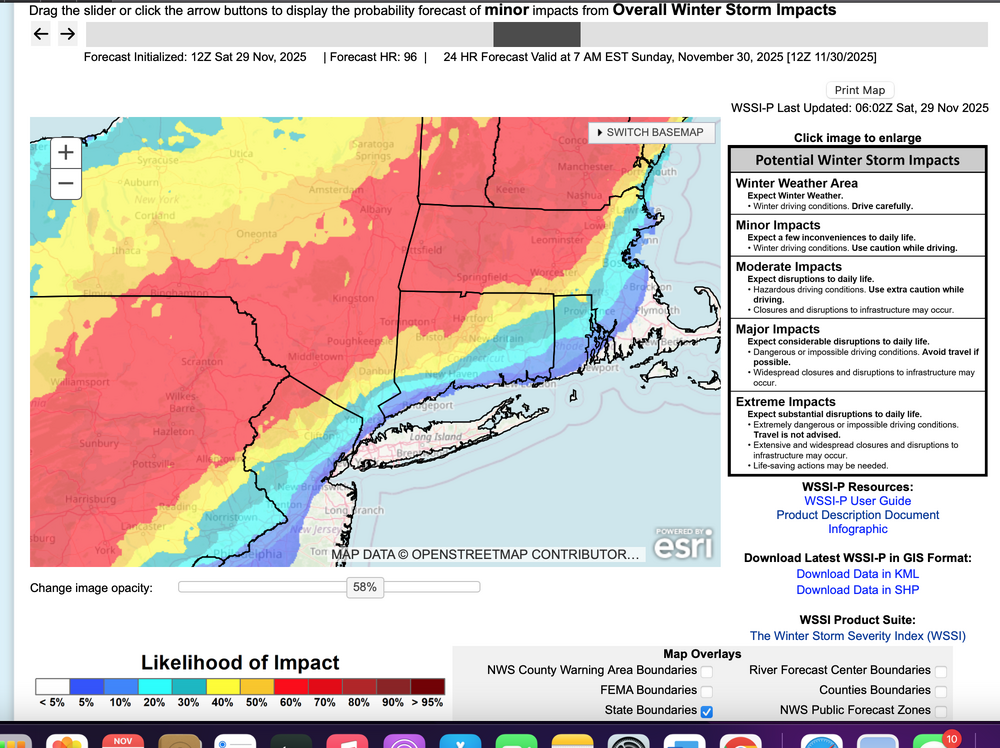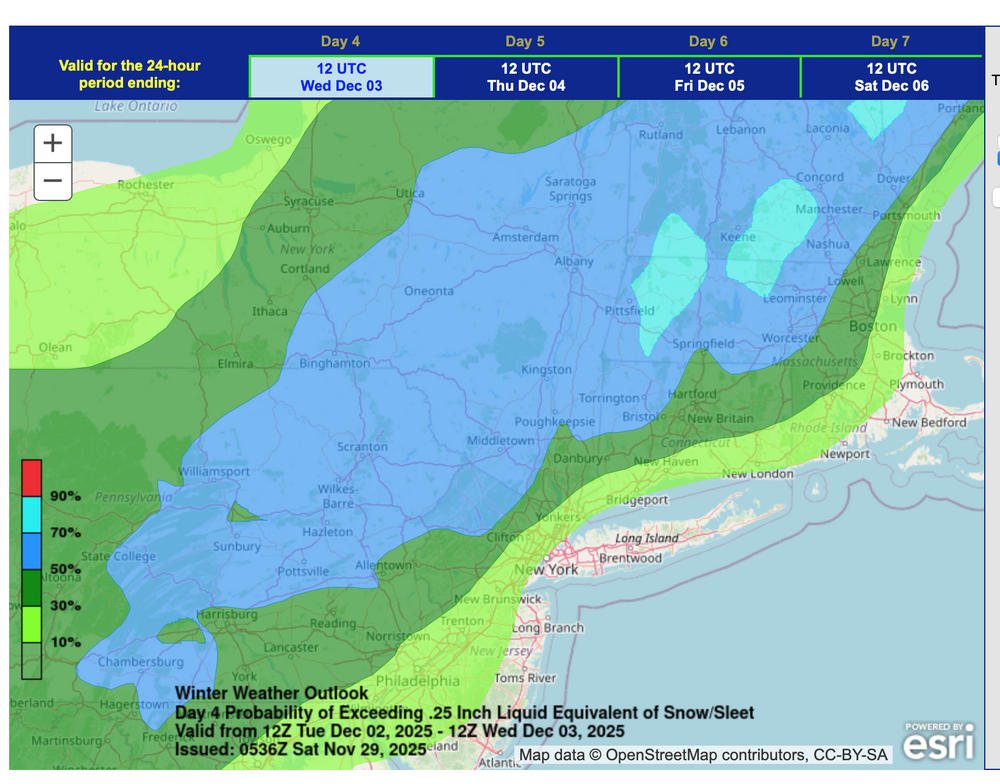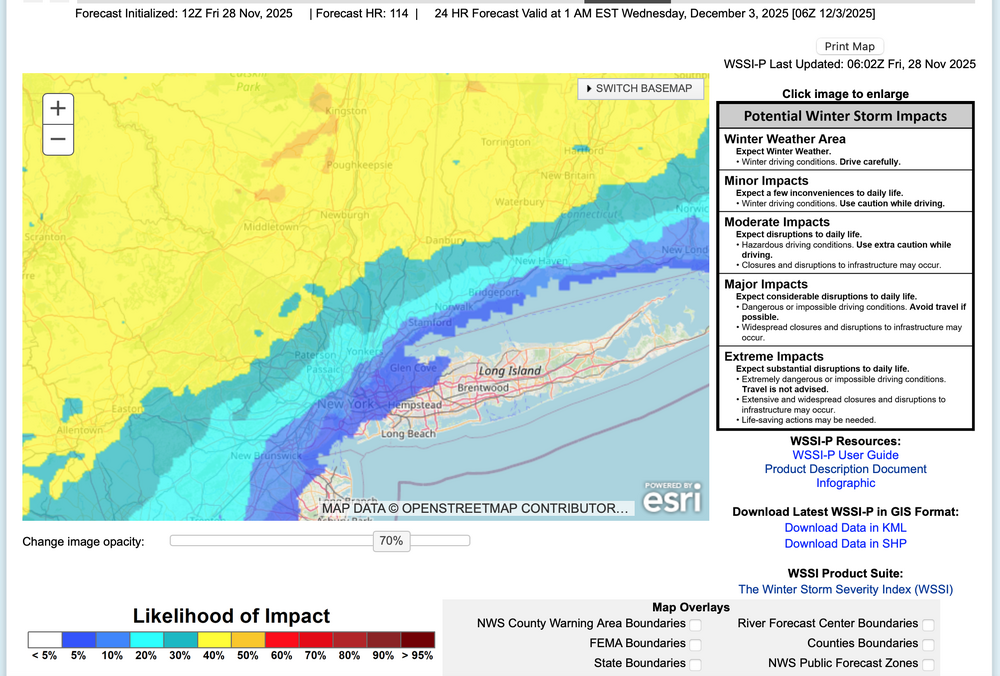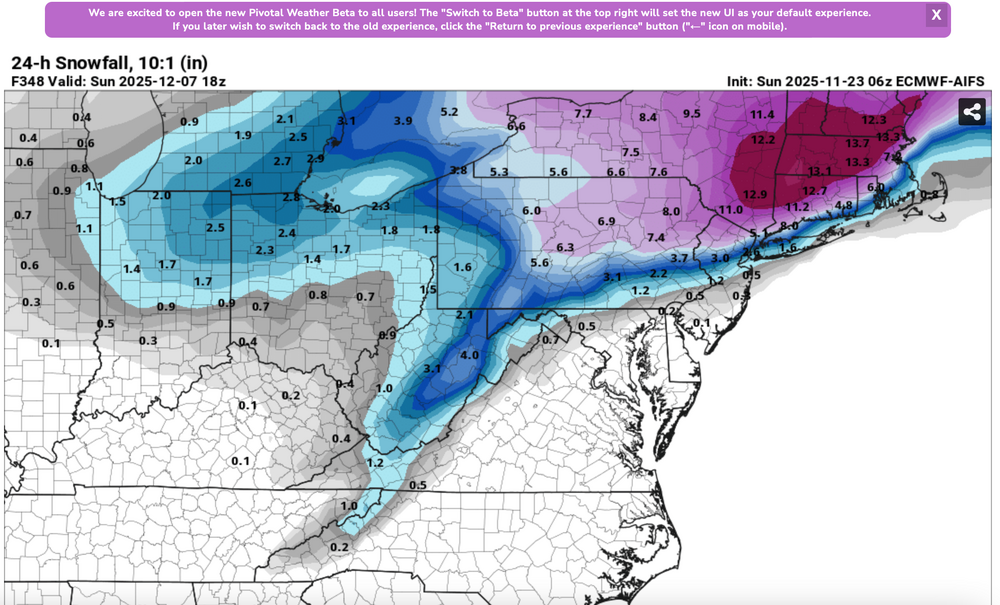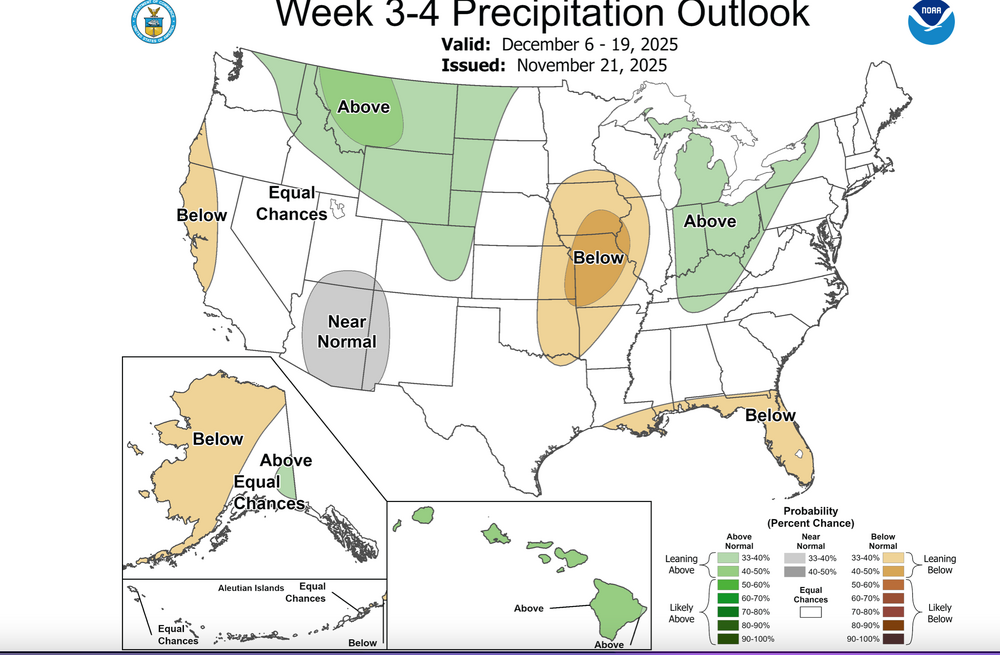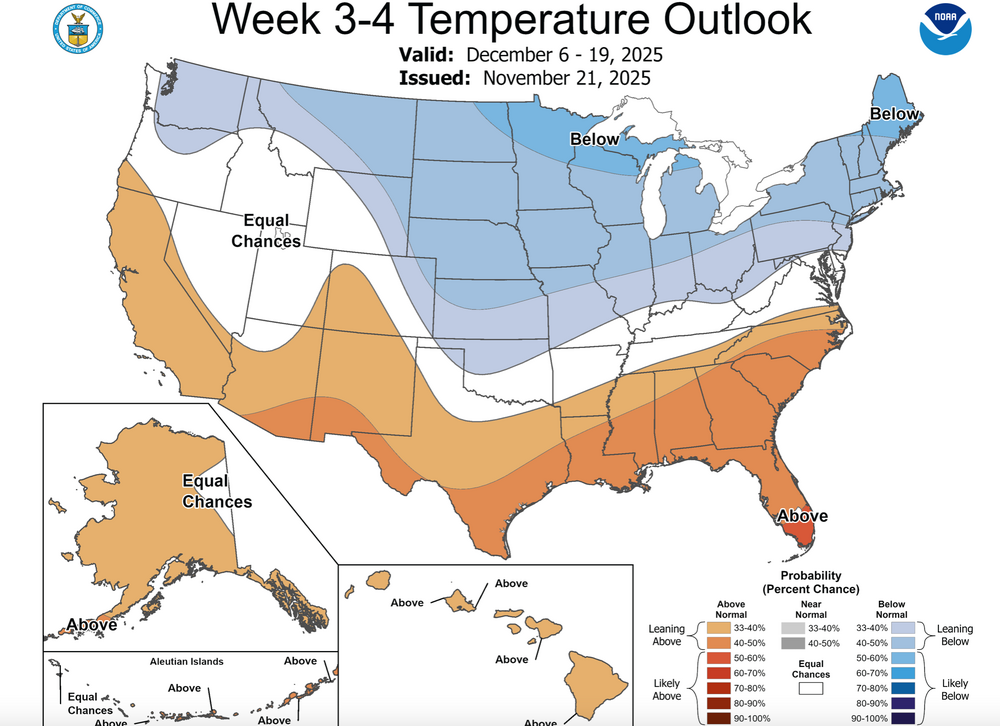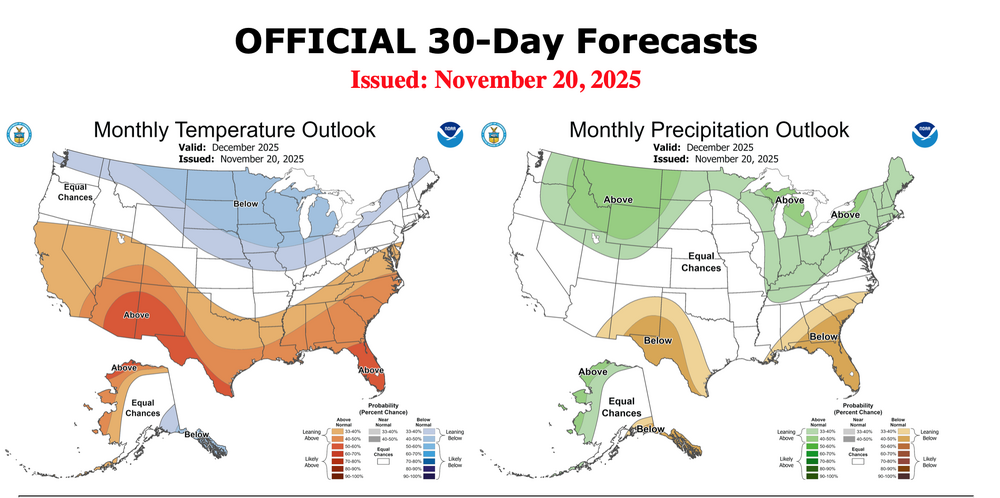
wdrag
Meteorologist-
Posts
5,569 -
Joined
-
Last visited
Content Type
Profiles
Blogs
Forums
American Weather
Media Demo
Store
Gallery
Everything posted by wdrag
-
My first indicators of how future modeling will go, the NAM and RGEM. RGEM tends to be a warmer model. NAM tends to be quite amped at times. Still, I need to know whether NYC is still in the game for first measurable of the season. If the NAM 60-84 have NYC in some sort of snow, especially early Tues...thats good news, not necessarily correct. If the RGEM is likewise earlier and colder ptypes=qood news. You'll be more to date than I but that's how I read Global tendencies (OFF the mesoscale models - NAM supposed to go away in 2026). I do think the GFS is and has been too amped but this will be a significant short wave cutting east across NJ 00z/Wed so I foresee intensification as it rips negatively out into the north Atlantic. Tremendous RRQ lift from the St Law Valley 250MB 180 speed max.
-
This thread headline looks good based on casual look at info through 06z/29. NYC CP might see their first measurable snow-sleet. Back later today. Ensemble WSSI-P graphic -06z/29, and ensemble prob for 3+" of snow (legend color code probs) hopefully speak for themselves.
-
12z/28 ECAI OPPPPP took a big step north in concert with its prior cycle ensembles. EC op has tiny touch of snow acc Tuesday night in the storms departure on w and n LI... garbage but maybe it will be something? Plan for less and enjoy mPing if its provides hope Tue AM and Tue night. Four days away so still model adjustments will occur. n/c to threadline attm.
-
Based on ensemble guidance seen through 06z/28, a rapidly intensifying and fast moving coastal low will bring a variety of weather elements to the NYC subforum. Periods of moderate to heavy rain are expected coastal areas- preceded by a little snow-sleet near dawn Tuesday and to closeout the storm Tuesday evening, while a period of heavy snow-sleet seems likely for the interior, especially the I84 corridor. Gusty northerly winds to 45 MPH are possible for eastern Long Island in the early Wednesday morning departure. Due to the late development and rapid departure of the storm, the chance of coastal flooding is minimal. All ensembles including ECAI have significant precipitation. This may be Central Parks first measurable snow-sleet of the season, though temps at or just above freezing at sunrise Tuesday may preclude onset measurable in the city. Delays are anticipated over the interior hilly terrain with possible school closings or early dismissals along and north of I80, especially the I84 corridor from the Poconos across se NYS into CT. One attached graphic (WSSI-P) shows the potential for a minor impact event per the NWS inputs for the their 1AM Friday forecast.
-
While no wind thread today... am getting a tracking thread started for Tuesday by 930AM,
-
Holding off 12 hours til 7AFri. 18z ECAI still south but the ECAI Ensemble is not... its similar to the blend EPS-GEFS (melting LI, I95 itself eastward).
-
Am at Thanksgiving family dinner. If All goes well one or two threads will begin 9pm tonight or7am Friday. If it’s snow it will be for odds on CP first measurable snow sleet No time to elaborate right now. Have a wonderful family dinner. Walt
-
Thanksgiving prevails... Create new family memories and think about those who cannot be with us. Still contemplating a thread for Friday... I think there will be wind gusts to 40 kt at all the airports, but may be will fall short by 3KT. Marginal except if you have no power. Also even though its not in most forecasts, I'll be looking for many flurries in NYC metro Fri afternoon.
-
Thanksgiving prevails... Create new family memories and think about those who cannot be with us. I think Dec 2-3 will need a thread for first measurable sleet-snow NYC CP with a potential moderate snowstorm I84 corridor with coastal flooding Late Dec 2, early Dec 3 high tide (lunar abnormal). Also, Dec 7ish is dependent on whether the initial short wave is stronger per the EPS or whether the GEFS trailer into the Plains states prevails. In any case this looks to be an interesting two weeks of stratwarm aided early winter opportunities. Also even though its not in most forecasts, I'll be looking for many flurries in NYC metro Fri afternoon, isolated brief dustings inland from I95.
-
Dec 2-3 with snow interest, especially I84 where the prob for an inch or more is 50%. Dec 6-7 very uncertain due to large scale modeling differences. I would think these are our first two chance for minor measurable CP.
-
Already 40kt KMPO. Difficult to believe we won't have fair amount of G40 kt Friday as the very cold trough aloft sweeps by and can in its wake arrives with flurries. No time for a thread today.
-
I84 corridor next Tuesday: A snow and ice event is modeled with uncertain amounts but may cause hazardous conditions. If you need to travel next Tuesday please monitor future forecasts. I95 corridor-LI: probably worth a pause before taking the bait.
-
No wind thread for Friday, yet. I think something stronger follows next week but for now will wait to see how Thanksgiving winds develop/and or any NWS issuance.
-
Lots of variability in solutions but snow acc possibilities exist next week, esp I84 corridor.
-
Planning a sct 45-50 MPH thread 6A-6P Friday for the entire NYC subforum. EPS has most sampling sites 40-43 MPH and has been trending conservative in recent daytime w-nw situations. Expecting a few detours, power outages. Wind advisory potential. I will try to issue at 5P today or 6A Wednesday. As for Macy's Parade... most gusts below 30 MPH Thursday, but cant rule out 35 MPH.
-
IF wind advisory Fri, think it will be mostly 5A-Noon. No thread on this til at least Wed...too marginal.
-
Just so everyone is aware... this is not AI Ensemble... just a single member. You'd be astounded if I posted the EC FRAM Freezing rain output from some of the recent EC cycles... ice storm big impact... fortunately ensembles temper enthusiasm and of course we're in the unreliable = beyond 10 day period when this occurs. I love EC AI but I've Zero experience monitoring beyond a week. Maybe we'll soon have occasion? I attached the most significant ECAI 24 hr 10 to 1 snowfall (not taking into account potential melting pavement). Note that most of this is in the last day or two of the 16 day cycle. I've no confidence. However, the ECAI seems a little colder than the traditional globals that we use and it has snow acc for I95 to the coast (including NYC/LI) around Dec 1-2. I need to see more support before it get enthusiastic.
-
Unreliable D10-11 EPS signal, but cyclically advertised, possibly biased high by single model output... an ice event I84 corridor around Dec 3-4? Standard high terrain but even some minor indication valleys just nw of I95. Again D10-11 so chances are? I am monitoring for myself.
-
Saw the prior 24 hours of posts... and suggests but not locked into a Wind Advy thread Fri 11/28, possibly starting Thanksgiving afternoon. Awaiting 12z/24 (Monday) modeling.
-
Yes, I hear its not full blown. I guess we cannot count on a stratwarm in late winter since they're rare. if we end up below normal snowfall in Dec, the best of winters long nights and snow potential may be gone for the season. Hoping this comes together for us.
-
I've appended the week 3-4 CPC Outlook issued 11/21 and the monthly outlook issued 11/20. Click for clarity. There has been discussion of the stratwarm impact on North America In December. I hope I'm very wrong thinking "is that all there is around the NYS subforum?" For now unless the 5H cold core recenters - penetrates significantly further south into Hud Bay (below 60N) or we develop a 'general' +PNA, -NAO in December, its impact here in the northeast may be minimal. I just don't know. Others hereon are more informed. Entire month open to discussion...bring on the snow and lets get off to a good start in CP etc.
-
are we still interested about stratwarm and potential ramifications mid and late Dec?
-
Ensembles shows some modest interest in snow/ice for the I84 corridor Thanks giving weekend and a period of advisory wind continues to be on the table. Am aware that many on here do not have access to Pivotal Weather ensembles. I'll post those when a thread is developed but I dont want to hype prior to. Hopefully you trust that 00z/20 CMCE, EPS, GEFS ensembles have something around the 29th... I used the more conservative 24 hr snow depth change mean.
-
Friday evening, I'll start the Dec thread due to already discussed Stratwarm and its impact as a pattern changer-plunger in North America. That way I can add the CPC week 3-4 outlook and any D8-14 hazards which I suspect will be developing in the east, beyond lake effect.
-
Back to the future: Ensemble qpf storm track more or less southern Plains to the northeast USA next 16 days. Ensembles have no snow prior to D10. but between D10-16 all ensembles try to bring snow accumulation down to the coasts (climo influence?). Nov 30th for now is the EPS next target day for a possible wind advisory. That's D11. Let see if I cant get D1 right... NAEFS has us chilling a bit in early Dec. Have a good day! Thanks for all the overnight reports.


